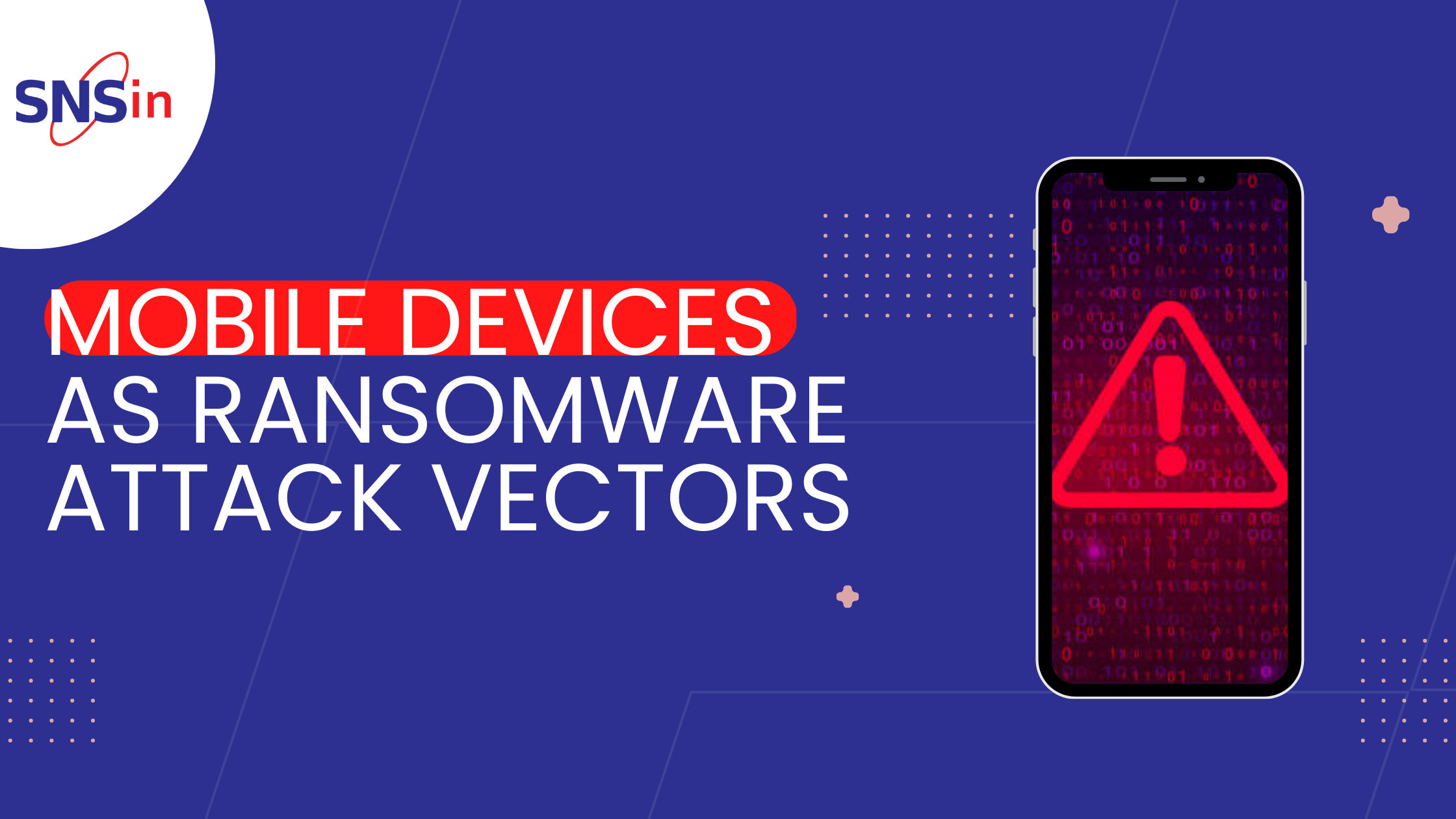Industrial Internet of Things (IIoT) extension. Simultaneously, it has also led to the realization of something as stupendous as smart cities, smart homes, smart buildings etc. However, the growing versatility of the IoT comes with its vulnerability to cyberattacks. In an organization, for example, the IoT is often visible in the office automation (OA) and operational technology (OT) areas of business. This means that multiple devices of the IoT and IIoT are deployed within the enterprise. The risk element, therefore, arises as a result of millions of devices becoming potential victims to traditional cyber-attacks, but on a much larger scale, often with limited or no protection. At the core, IoT is to do with connecting and networking devices that until now have not been connected. This means that all of those devices, be it a refrigerator, a smart vehicle, a smart coffee machine or a smart toilet, are potential entry points into the network and pose a security and privacy risk. Such a setup implies that even though these devices never posed a risk before, they have become vulnerable because they are connected to the IoT network. An important step in adopting IoT is anticipating what else the technology brings with it that can pose a security concern and give rise to successful attacks on IoT systems and devices. The impact of each attack can vary greatly, depending upon the technological ecosystem, the device and the available level of protection, if any, and many other factors.
How IoT Influences Security
Threats to IoT systems and devices translate into bigger security risks because of certain traits of the underlying technology. These traits make IoT environments functional and efficient, but malicious actors can also abuse them. These characteristics include:- Gathering data: IoT devices and sensors gather detailed data from their environments and users. This data is necessary for the IoT ecosystem to function properly. However, it could also translate into several cascading negative effects if not secured effectively or if stolen or otherwise compromised.
- Connection of virtual and physical environments: Many devices on the IoT network are capable of functioning on the data they receive from their respective connected environments. This aspect shortens the distance between virtual and physical networks. While it is convenient for users, it does allow cyber threats to translate into physical consequences faster, thus catapulting the impact.
- Creation of complicated environments: Complex IoT environments can now be created owing to the availability and versatility of devices. ‘Complex’ implies that IoT has enough devices in a single network environment, which makes dynamic interaction between the devices possible. This complexity increases the capability of an IoT environment, but it increases the surface area for a cyber-attack to take place.
- Centralized architecture: Applying a traditional centralized architecture to IoT systems could compromise security. A centralized architecture implies that the data gathered by each device and/or sensor will be communicated to a base station. In an organization, the main database could be the same one that is used by multiple devices, gathering huge amounts of data. While it saves the cost of deploying separate databases, it increases the surface area for a cyber-attack.
Attack Surface Areas of the IoT
Below is a brief account of the surface areas of the IoT:- Devices: Devices are the primary means to initiate an attack. Parts of a device where vulnerabilities can emerge are its firmware, physical interface, memory, and network services. Attackers can also take advantage of unsecured default settings, outdated machinery, faulty update mechanisms etc.
- Applications and software: Vulnerabilities in web applications and related software can compromise systems. Applications can be exploited to steal user credentials and push malicious firmware updates.
- Communication channels: Attacks can originate from the channels that connect one IoT component with another. Denial of Service (DoS) and spoofing are common network attacks that can take place in IoT systems.
Common Cyber-attacks in the IoT
- Botnets: A botnet is a network of systems combined to take control remotely and distribute malware. Controlled by botnet operators, they are used by criminals on a huge scale for many things like stealing confidential information, exploiting banking information, spam and phishing emails, etc.With IoT gaining more prevalence, more objects and devices are at a greater risk of becoming ‘thingbots’- a botnet that incorporates independent connected objects. These botnets and thingbots consist of multiple devices connected to each other- computers, laptops, smartphones, tablets etc. Both of these have two things in common, they are internet enabled and can transfer data via a network.
- Data and Identity Theft: Hackers have become more sophisticated and are developing many newer ‘hacks’ to access users’ confidential information. The strategy behind the theft is to wrongfully amass a person’s data, find out about them, and use the information gained to plan a cyber-attack. Careless safekeeping of internet-connected devices is playing in the hands of malicious actors looking for such opportunities.
- Denial of Service: A DoS attack occurs when a service that usually works is maliciously made unavailable. It usually takes the form of infrastructure not responding owing to capacity overload. As opposed to phishing or other such attacks, DoS attacks are not aimed at stealing confidential information or loss of security. The intent is to attack an enterprise’s reputation, which can still cost a huge amount of time and money.
Swathi
AuthorWorking IT professional and a Cyber Security enthusiast. Passionate to write about Cyber Security topics and Solutions. I share my insights as I study articles and trending topics in the field of Cyber Security.
![]()




